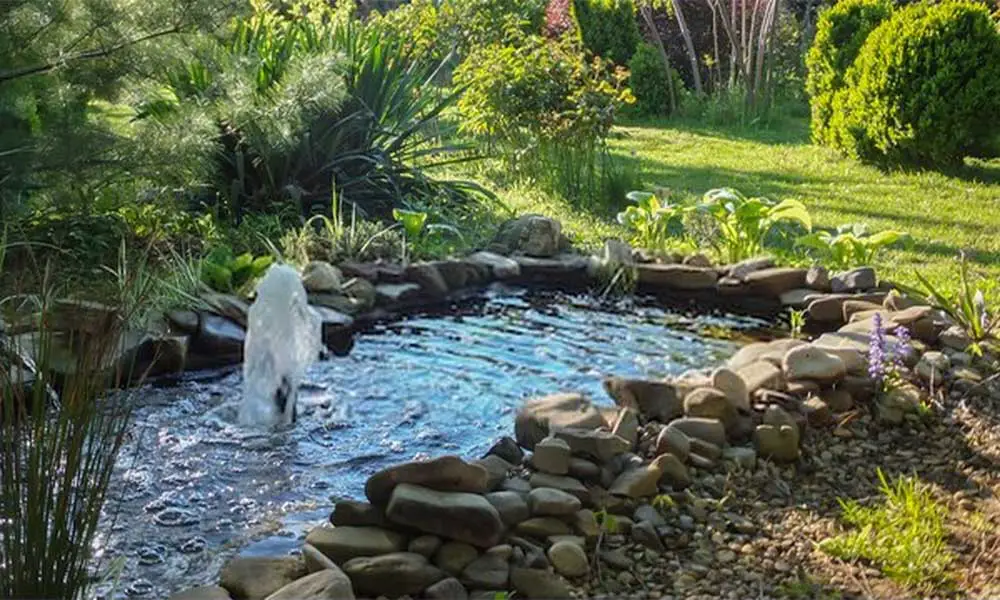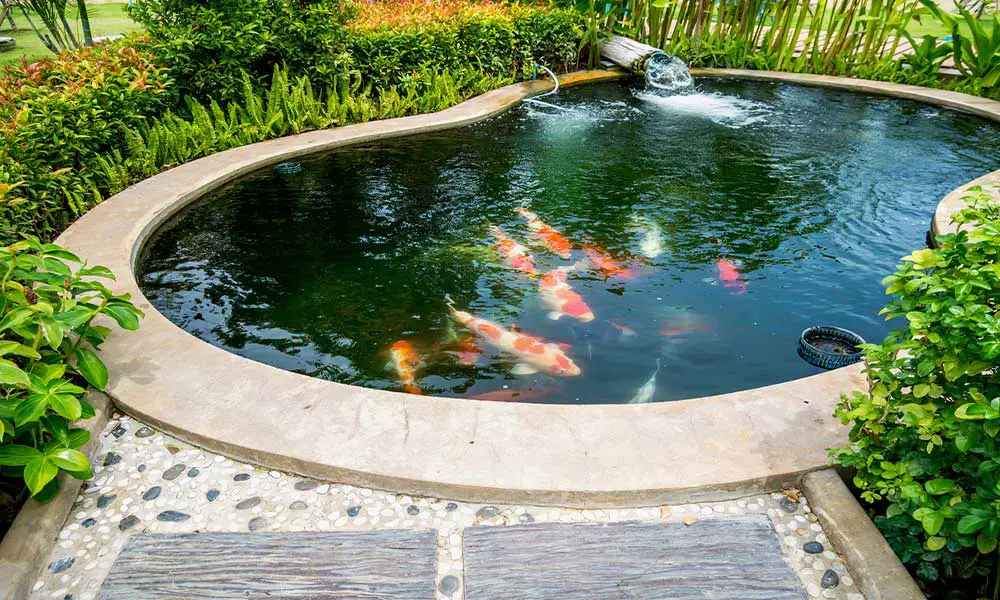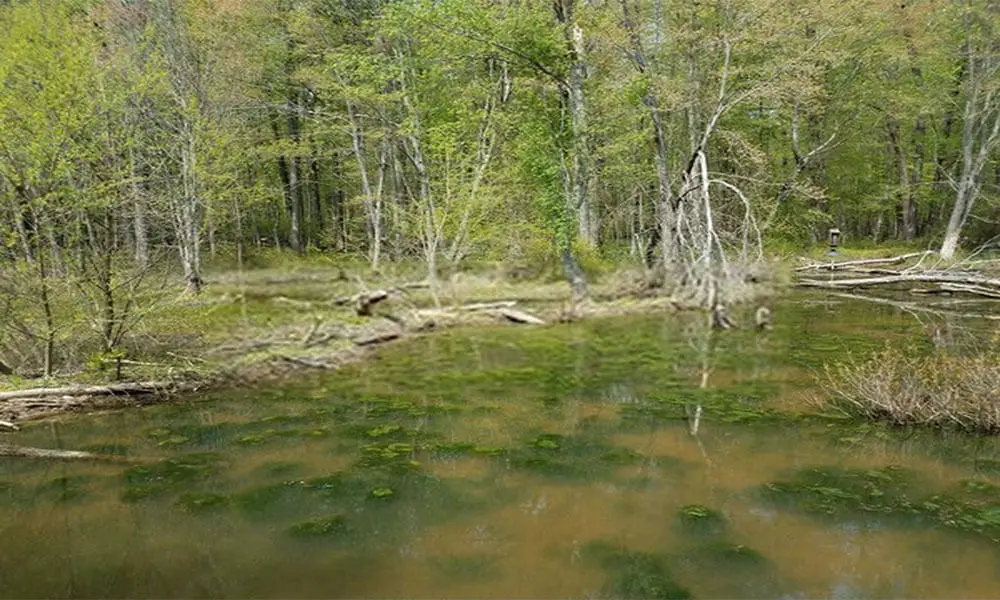Products recommended in this post contain affiliate links. If you buy something through our posts, we may receive a commission at no extra charge to you. See our full disclosures here.
If you have a pond in your backyard, it is bound to have a presence of life in it, which can be in the form of aquatic animals like fish and frogs or plants. However, it is necessary to keep your pond clean and healthy to provide the basic requirements of the underwater organisms.
There should be an adequate amount of oxygen and nutrients, which helps keep the environment inside the water body safe and healthy. If you are looking for ways to make your garden or backyard look beautiful and are about to buy oxygenating plants for a pond, you have landed on the right spot!
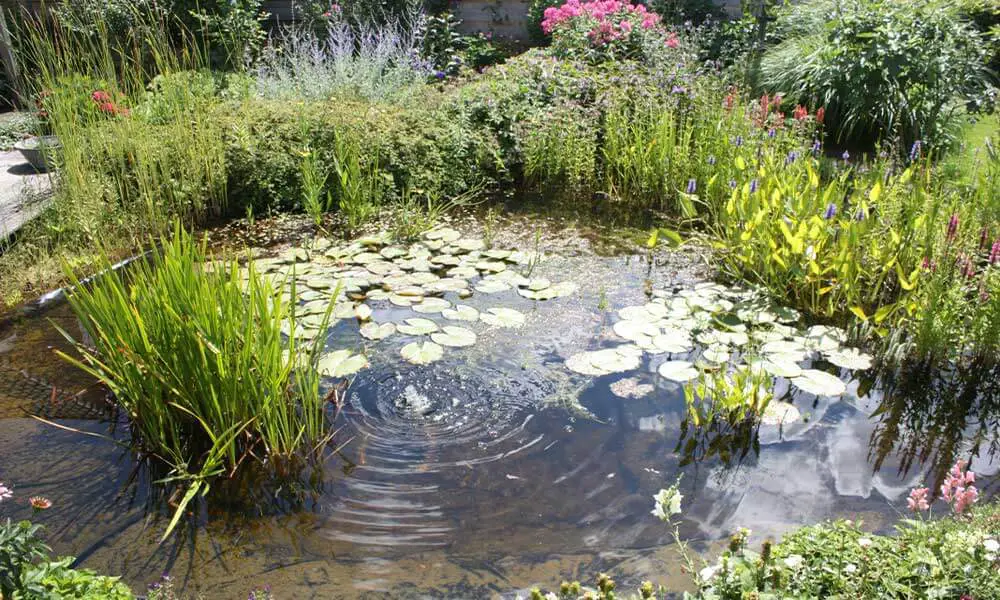
Types of Pond Plants
There are three main categories of Pond Plants that have different functions and benefits. They are as under:
1. Submerged Pond Plants
These can barely be seen from the above, but if you pay close attention, you may find these tiny plants which are very important to the overall health of a pond. These provide shelter, food, and help clear harmful algae, making it easy for the aquatic animals to survive. Some examples are spiked watermilfoil and hornwort.
2. Emergent Pond Plants
These can barely be seen from the above, but if you pay close attention, you may find these tiny plants which are very important to the overall health of a pond. These provide shelter, food, and help clear harmful algae, making it easy for the aquatic animals to survive. Some examples are spiked watermilfoil and hornwort.
3. Floating Pond Plants
As the name suggests these plants float on the surface and provide shade to the organism living under the water. These grow specifically in warm places and consume a high level of oxygen. Examples of floating pond plants are water hyacinth and common Salvinia.
Did You Know?
A macrophyte is an aquatic plant that grows in or near water and is either emergent, submergent, or floating.
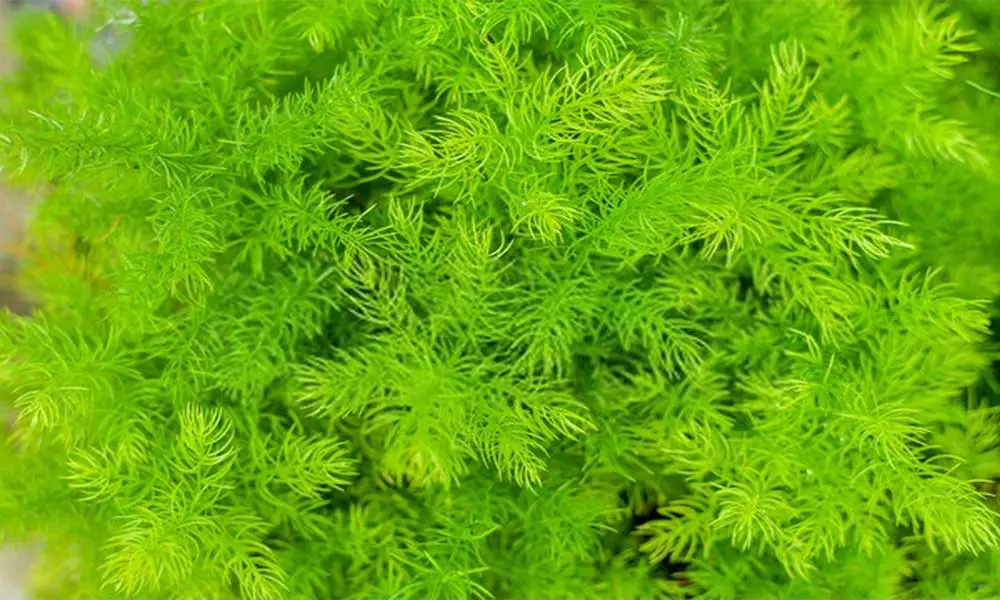
What are Oxygenating Pond Plants?
Plants that grow underwater and provide suitable habitat for life in the water bodies, by giving out oxygen and absorbing impurities are referred to as Oxygenating Pond Plants. These are not only aesthetically pleasing but also play a crucial role in providing suitable habitat for aquatic animals. The underwater environment remains free of algae buildup since these limit its spread by competing for nutrients, thus keeping the water clear and healthy
.
Some of these pond plants provide extremely good cover for fish and frogs, some boost the level of oxygen under the water and soak up the impurities, while some perform both the functions. Choosing suitable plants for your pond is not a hassle-free task but with well-defined information, it can be a piece of cake. Keep scrolling down if you are looking for the best plants for your pond.
Breaking down the term Oxygenation
Fish and other aquatic animals need oxygen gas dissolved in water to survive. Oxygen is released in the water through the natural process of photosynthesis and is also used to break down excess bacteria. Thus this is how these plants prove to be beneficial for underwater organisms.
Best Oxygenating Plants for Your Pond
If you have a pond and are looking for some of the well-known oxygenating plants that can be planted inside your pond, check out the list below!
1. Anacharis (Elodea densa)
It is commonly known as Elodea or Anacharis in North America and is one of the fastest-growing pond plants. It is used as both food and shelter by the tiny water organisms inside the pond. Its aggressive growth makes it a little difficult to put other plants inside the pond. In order to grow, they require full sun to partial shade.
2. Anacharis (Egeria najas)
Egeria najas can grow both as submerged and floating plants while showcasing the benefits for each differently. It is grouped in bunches of 4 to 8 stems while planting and requires full sun to partial shade.
3. Red Ludwigia
The red color of Red Ludwigia makes it an attractive competitor of other oxygenating plants. It provides a suitable hiding place for young fish and can be seen to grow as an emerged plant if suitable conditions are provided. It can be potted and they submerged into the pond or planted directly at the bottom.
Did You Know?
Ludwigia Repens is commonly known as Red Ludwigia.
4. Hornwort
Hornwort is also known as Coontail. Its leaves look like fringes and provide a suitable hiding space for eggs and small fish. It doesn’t grow into an emerging or floating plant thus proving to be beneficial while selecting plants for a pond. It can be grown under six feet deep water and can grow in full sun or partial shade.
5. Mermaid Plant/Mermaid Weed
Mermaid Weed is a relatively slow-growing plant and is an excellent choice for shallow water plantation. Also, it provides a great habitat for underwater organisms and also protects them from water-dwelling predators. It can grow up to eight inches deep.
6. Cabomba
Commonly known as fanwort, Cabomba provides an ideal egg-laying spot and a perfectly safe zone for young ones. During summers it reaches to the surface of the water and where tiny flowers bloom. It shouldn’t be planted in areas that are warm throughout the year. These can be planted in gravel-filled pots and then placed inside the pond or can be planted directly.
Did You Know?
Aeration is the process of increasing or maintaining the oxygen level in water including both natural and artificial environments.
7. Vallisneria
Vallisneria, popularly known as eelgrass or tape grass, is a common aquarium plant that can be grown in a pond as well. If left unchecked, it can grow aggressively and propagate across a wide area. It should be planted in sandy soil and then put inside the water. This helps it generate oxygen in a good amount and gives fish get ample cover to hide.
8. Moneywort (Creeping Jenny)
Moneywort should be planted near the water’s edge since it can grow quickly around it and provides an easy movable surface within the areas between land and water. It grows better in boggy soil and can be planted four inches deep.
Did You Know?
You can easily remove pond baskets or even change their position along with the plant to its favorable temperature inside the pond for it to grow properly.
9. Lemon Bacopa
When crushed it releases a lemony scent, hence the name Lemon Bacopa. It can be grown completely as a submerging plant or even an emerging plant with beautiful blue flowers emerging on the surface. It requires full sun or partial shade to grow properly.
10. Rotala
It originates in Southeast Asia and can be grown as both submerged or emergent when planted near the edge. Rotala serves best while absorbing excess nutrients to hinder the growth of unwanted algae and is an excellent source of oxygen. Although it’s leaves do not provide a generous habitat for small vulnerable underwater organisms but when grown in clusters they make large patches making it a safe zone.
Planting Oxygenating Plants
While planting oxygenating or submerged plants keep in mind that a cluster of these plants per square foot of water is enough to keep the pond clean and oxygenated. Generally, they are placed inside pots filled with suitable soil type and gravel and then are put in the shallow water. You can even put heavy rocks on the surface of the pots which would be helpful in keeping the plants submerged.
When these plants are directly released into the water they get rooted directly in the bottom but are quite inconvenient. Therefore it is always advised to use pond baskets or pots.
Do not release these plants in a freshly installed pond or water garden. At least wait for a period of about 4 weeks. Also, these plants grow more conveniently when planted in their growth period.
Did You Know?
Plants living submerged in water require special adaptations. Aerenchyma is the most common adaptation along with floating and finely dissected leaves.
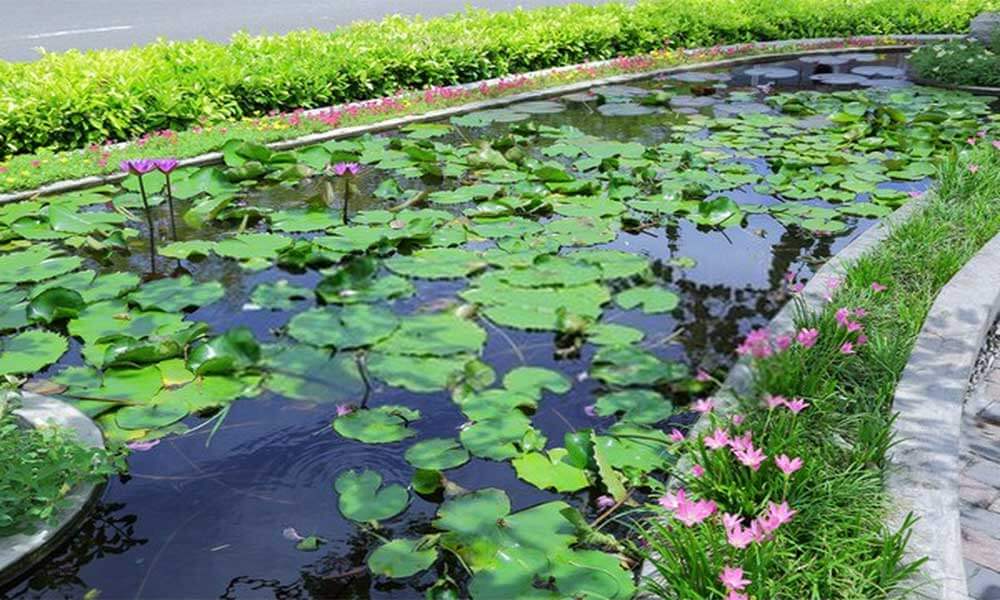
Maintenance of Oxygenating Pond Plants
These plants are low maintenance and require local fertilizer in order to grow properly. They can be available in a local nursery or even online.
Pro Tip
Always buy pond plants in accordance with the temperature they grow best in.
Video Introduction
Conclusion
Underwater plants, specifically submerged plants, are crucial to the health of a pond or even your water garden. They act as filters for pollutants such as nitrate and absorb excess nutrients that may lead to the overgrowth of harmful algae. Along with this, they provide food, shelter, and suitable habitat to the organisms. These are the organisms that are living beneath the surface of the water. They are also a useful source of oxygen. They must be included in a pond where you have plenty of living underwater organisms.
Some plants may provide all these benefits, while others provide only one. However, they play a very crucial role in maintaining a clean environment inside a pond. While there are specific alternatives such as pond aerators, nothing beats natural, more economical, and reliable sources of oxygen necessary for aquatic animals to survive.
Top Editor's Choice on Oxygenating Pond Plants
[amazon bestseller="Oxygenating Pond Plants" filterby="price" filter="30" filter_compare="more" filter="available" orderby="percentage_saved" order="desc" template="list" items="10" tracking_id="tnk0c-aawp-cro-b-20"]Subscribe to our Newsletter!
Join our mailing list to receive the latest tips and news of our blog.


 Check Offer Prices [Amazon]
Check Offer Prices [Amazon]
